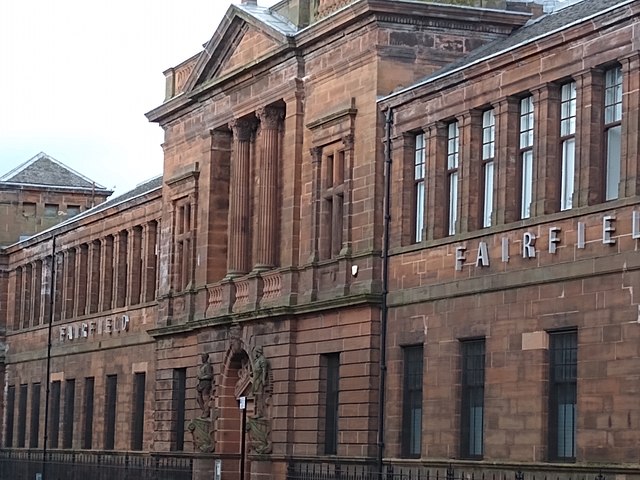RMS Empress of Russia was a steam turbine ocean liner built in 1912–13 by Fairfield Shipbuilding & Engineering Company at Govan on the Clyde in Scotland for Canadian Pacific steamships (CP). She regularly worked the trans-Pacific route between Canada and the Far East.
Empress of Russia
Forward QF 4.7-inch guns
As an armed merchant cruiser in the Red Sea, photographed by a crewman aboard the troop transport HMAT Armadale
Fairfield Shipbuilding and Engineering Company
The Fairfield Shipbuilding and Engineering Company, Limited, was a Scottish shipbuilding company in the Govan area on the Clyde in Glasgow. Fairfields, as it is often known, was a major warship builder, turning out many vessels for the Royal Navy and other navies through the First World War and the Second World War. It also built many transatlantic liners, including record-breaking ships for the Cunard Line and Canadian Pacific, such as the Blue Riband-winning sisters RMS Campania and RMS Lucania. At the other end of the scale, Fairfields built fast cross-channel mail steamers and ferries for locations around the world. These included ships for the Bosporus crossing in Istanbul and some of the early ships used by Thomas Cook for developing tourism on the River Nile.
The imposing red sandstone offices of the Fairfield Shipbuilding and Engineering Company on Govan Road, which from 2013, has formed the Fairfield Heritage Centre.
The former Fairfield shipyard continues in operation as part of BAE Systems Surface Ships.
HMS Delight, a Daring-class Destroyer launched at Fairfield in 1950, was the Royal Navy's first all-welded warship.






